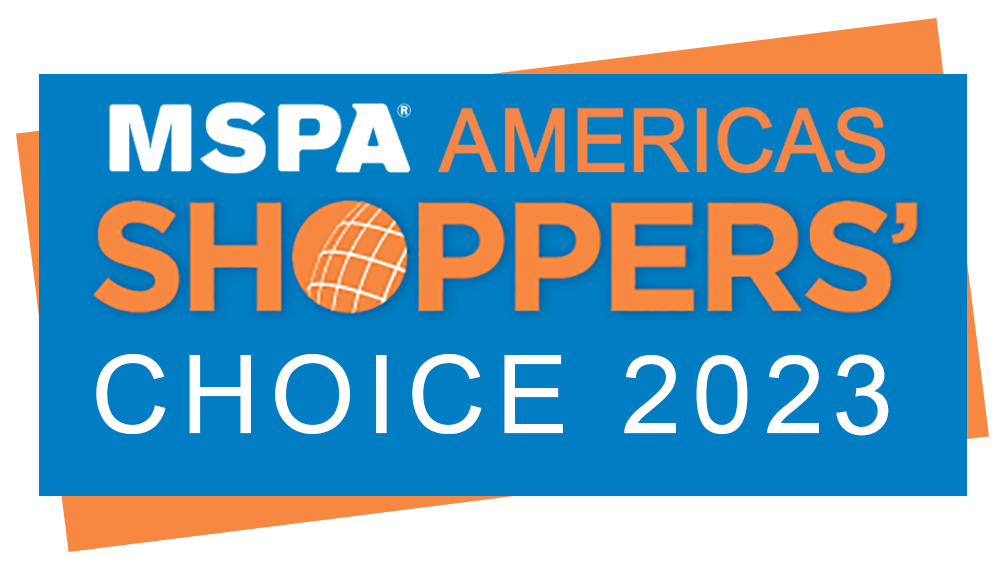
Before you read, find out if you are a CX leader or could use some improvements within your customer experience programs with our CX Calculator.
Between short attention spans and thin patience levels, it’s important for brands to focus on creating seamless customer experiences. Reducing customer friction can not only improve your customer experience, but also help increase sales and build brand loyalty. According to the Baymard Institute, reducing customer friction is a $213 billion opportunity for businesses in the U.S.
What is Customer Friction?
Customer friction is anything that creates hesitation, slows, or disrupts your customer experience. Whether it’s online, over the phone, or at a brick-and-mortar location, friction can cause customers to feel frustrated, stressed, and angry, damaging their overall experience with your brand.
There are many different ways customers can experience friction in their journey, including:
- Discovery friction. Whether it’s a slow-loading website, disorganized product shelves, or stock shortages, discovery friction can cause customers to distrust or rule out your brand.
- Purchase friction. Long wait times, lengthy payment forms, and limited payment options can all be burdensome for customers during the online and offline purchase process.
- Post-purchase friction. The post-purchase experience can be just as important as the sale itself. Customers may face difficulties using your product or service or trying to return it.
Here are some examples of customer friction: Imagine that you want to get a pizza. You go online to order, but the website takes a long time to load. You’re hungry, so you decide to call in the order instead, but are put on a long hold time. When the associate is finally ready to take your order, there’s a lot of background noise, making it hard to hear the associate and causing you to repeat yourself a lot.
You were hoping to get mushrooms on your pizza, but the restaurant is out of that topping. Deciding to order the pizza anyway, you’re told it will be ready in 30 minutes. When you arrive to pick up your pizza on time, you find that it hasn’t even been put in the oven yet. You wait for your pizza, take it home, and sit down to eat. At this point, it doesn’t even matter if the pizza tastes good or not because as soon as you’re finished eating, you’re writing an online review of your experience.
Customer friction, such as the examples in the story above, can damage your customer retention efforts and brand reputation. In fact, Convey found that 84 percent of customers won’t shop with a brand again after one negative experience.
How to Reduce Customer Friction
Your experience design has the potential for many friction points during the customer journey. However, recognizing and eliminating these points of friction will help ensure you’re creating a seamless customer experience.
Uber and Lyft serve as great examples of how reducing friction can drive your customer experience. Rather than having to stand in the rain or heat to hail a cab, and then hold up traffic trying to pay for your ride, these two companies make transportation easier and more enjoyable. You can call a ride to your exact location, track its progress, and complete the transaction without having to count cash or wait for your payment to process. As a result, the friction-ridden taxi model of transportation is seeing huge declines, while Uber and Lyft continue to see rapid growth and gain more market share by eliminating these points of friction.
Here are six ways you can reduce customer friction at your organization.
Optimize website
Your website is one place you don’t want to cut corners, as ecommerce represents more than half of all retail sales. Sites that take too long to load or are too tricky to navigate can cause friction in your customer experience. Pivotree found that 79 percent of customers who run into any kind of website performance issues will be less likely to buy from that site again. Make sure your web pages load in two seconds or less and is mobile-friendly. You’ll also want to make sure your sitemap is simple and easy to navigate.
Track inventory
Customers can’t make purchases if your products are unavailable. When items are out-of-stock, make it easy for customers to find a way to get them. IBM data highlights a couple ways retailers can do this: store associates can find an out-of-stock item at an in-stock location and ship it to the customer (81 percent of customers say this is important) or allow customers to check the in-store availability of an item online before they go to the store (79 percent find this important).
Streamline checkout
A long checkout process can cause customers to abandon carts fast. In fact, Salesforce found that 74 percent of customers will switch brands if the purchasing process is too difficult. At brick-and-mortar stores, you can help speed up checkout lines by offering mobile payment options or providing self-checkout shopping carts.
Leah Preston, a marketing coordinator for Enclave Hotels & Suites, told CIO she recommends the journey to completing purchases online should be no more than two or three clicks. Also, consider eliminating or automating fields on your online payment forms to further streamline the purchase process. The Wall Street Journal, for example, shortened their online checkout form and found that every unnecessary field removed from the checkout flow increased their conversion rate by 1 to 3 percent.
Create an omnichannel experience
When customers experience friction along their journey, it’s important to be available wherever they turn to, whether it’s social media, email, the telephone, or your website. Consider how you can provide exceptional omnichannel experiences, such as reducing response times, leveraging customer data, and integrating live chat on your website. In fact, a Forrester study found that 44 percent of customers said being able to get answers to their questions during a purchase is one of the most important features a website should offer.
Train associates
Whether it’s asking an associate where the shoe department is, if the shoe is available in black, or which shoe is best to train for a marathon, it’s important that your associates are viewed as trusted advisers. Provide ongoing training and empower your associates to remedy customer friction. Because customer friction can lead to frustration and anger, make sure your associates also understand how to practice empathy during these interactions.
Provide useful content
Customers value content, especially when experiencing friction with your products or services. Whether it’s an FAQ page, return policy, or customer reviews, make these types of content easy for customers to find by fleshing out the product and service pages on your website with this information
Evaluate Your Customer Experience
Whether it’s in person, online, or over the phone, IntelliShop’s mystery shopping programs can evaluate your customer experience at every touchpoint. Our field evaluators think, act, and shop just like your customers to help you understand exactly how they interact with your brand. We’ll track the entire customer journey and present our findings to you in a detailed, actionable InSite™ report to create a strategy that will help improve your customer experience by reducing friction. Contact IntelliShop today to request a consultation.
Related Articles
How Kindness Can Create a Better Overall Customer Experience
A recent Wall Street Journal article reminds us of the role that kindness plays within customer experience, both on the staff and end consumer sides. This is especially important in the current Covid-19 environment for the restaurant and hospitality industries as several...
Why Emotion Matters in the CX Journey
Establishing an emotional connection with your customers is important to establish loyalty, drive more revenue and increase customer lifetime value for your business. How you capture emotion can vary from post-transaction surveys, to requesting reviews of their experience to...
Top Tags
Solutions
Recent Articles
Contact Us
Schedule a ConsultationTalk Shop
View All ArticlesCircle K
Matt and Josh [at Intelli-Shop] have been exceptional to work with. They are always readily available and very supportive. It’s been a great partnership!


